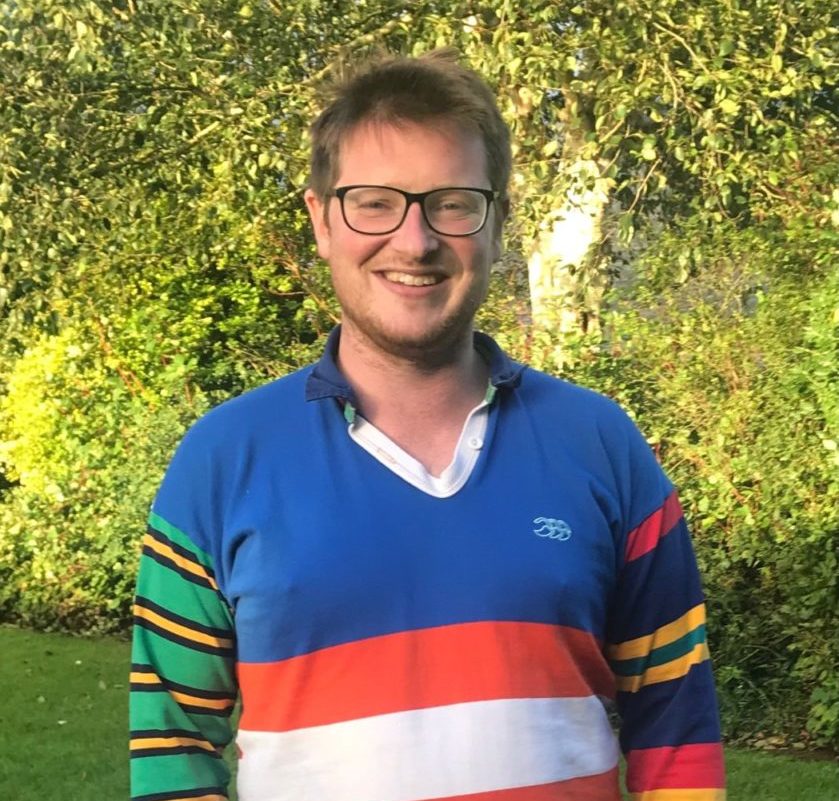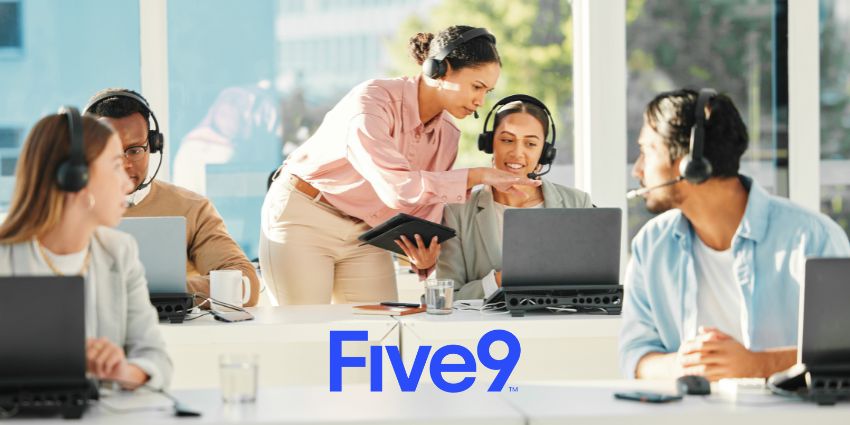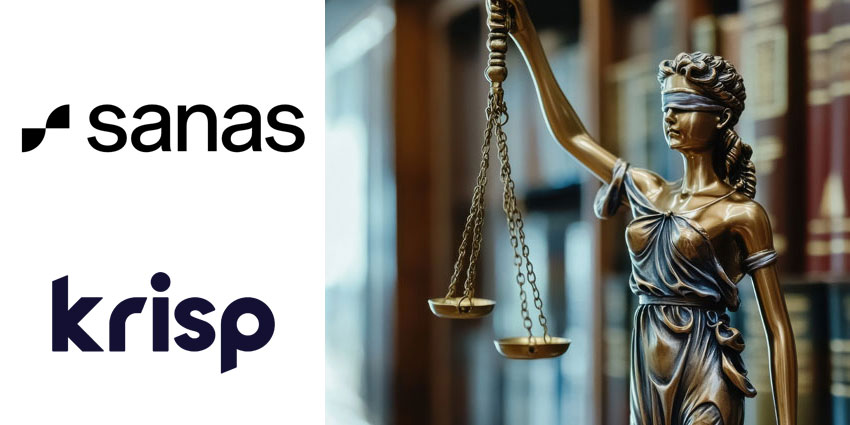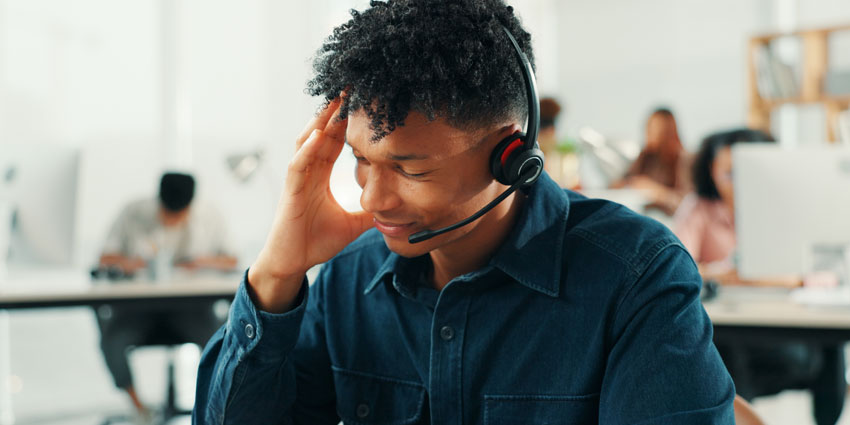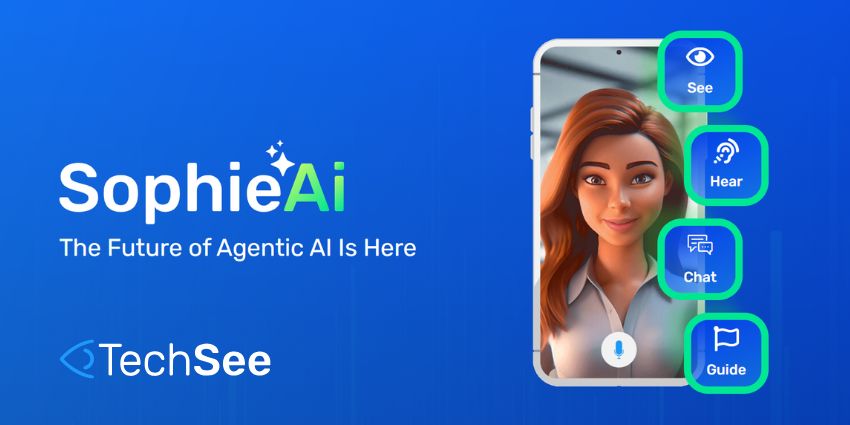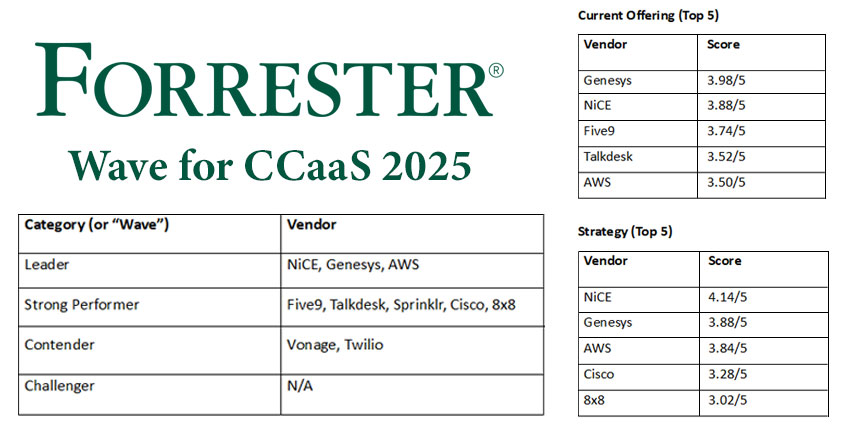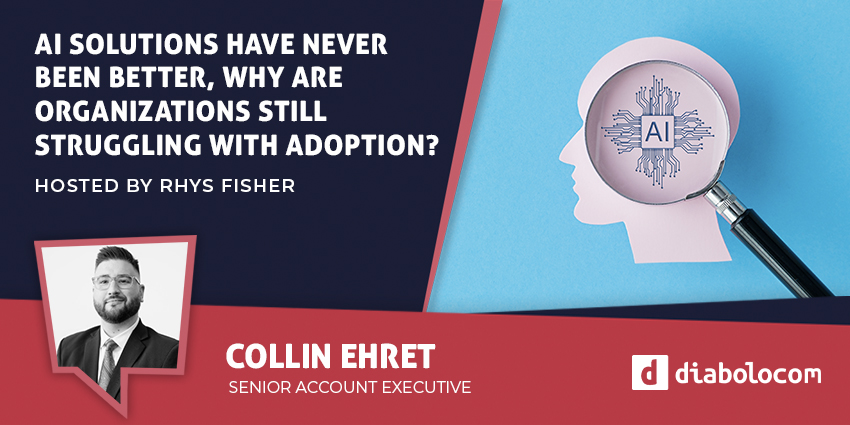BeMyEyes has become the ‘first’ to deploy AI image support for visually impaired customers using Open AI’s GPT-4 vision model.
The solution helps “vividly” describe images for the visually impaired, allowing companies to provide “state-of-the-art” customer service for blind customers.
Deployed through Microsoft’s Disability Answer Desk, callers who are blind or have low vision may leverage Be My AI to better deal with service calls, including complex use cases with Excel spreadsheet formulas, product instructions, diagrams, restarting laptops, installing and updating software, and more.
Mike Buckley, CEO of Be My Eyes, commented on its AI platform upgrade:
Our new AI-powered accessible customer service model is producing remarkable results for not only one of the world’s largest and most innovative companies, but also for a community of blind and low vision consumers.
“Be My AI is the customer service gold standard for companies that want to assist blind and low vision consumers, and we are incredibly thankful to Microsoft for their leadership, willingness to partner on Accessible CX solutions, and their help communicating the benefits of Be My AI to other enterprises so we can advance our mission to make the world more accessible.”
BeMyEyes offers a suite of business solutions to advance inclusivity and accessibility to companies of all sizes, providing solutions from CX tools to virtual volunteering for employees.
Early Results
BeMyEyes has already seen “stunning” early results, which meets its ‘3S Success Criteria’; success, speed, and satisfaction.
There has been a 90 percent successful resolution rate for Microsoft customers by Be My AI, which means only ten percent of customers using AI interactions are opting to escalate to a live call center agent.
In terms of speed, Be My AI solves customer issues in one-third of time compared to calls answered by Be My Eyes live Microsoft agents.
Customer satisfaction ratings have reportedly gone up following the addition of Be My Eyes in Microsoft’s Disability Answer Desk, with interactions receiving an average of 4.85 out of five stars.
Brad Lightcap, COO at OpenAI. reacted to the successful integration of its technology:
OpenAI is proud to work with Be My Eyes. They’ve used our AI models to significantly enhance the daily lives of people with low vision or blindness.
“Their commitment to making technology more accessible showcases a remarkable blend of empathy and innovation, underscoring the potential of AI when directed by an understanding of community needs. We’re glad to see By My Eyes deploy Be My AI successfully.”
Be My AI also provides contextual, advice-based guidance for customer requests, such as guiding you through the necessary steps to installing the latest version of Windows describing PowerPoint presentations, and suggesting the best setup based on a computer’s hardware and preferences.
For the first time, AI technology can also offer responses in text to customers who are deaf-blind through a refreshable braille display.
According to its website, BeMyEyes has over seven million volunteers, more than 562,000 blind and low-vision users across 150+ countries, and is supported by 180+ languages.
In 2021, Be My Eyes partnered with Genesys to provide accessible experiences for the visually impaired using new tools that help to navigate customer service more easily.

